Alignment, or posture while weightlifting, is like a good milkshake… because it brings all the boys to the yard. Wait—umm, that’s not what I meant—let’s try again. Alignment is like good punctuation, because when and how we use punctuation is crucial. For example, good punctuation can save lives:
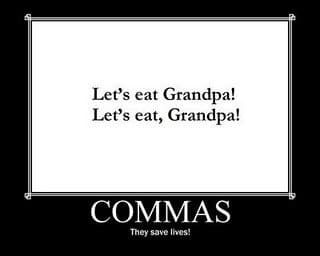
The same thing goes for alignment and posture in the gym, although maybe not quite on the life or death scale…
Simplifying Alignment: Tall and Tight, Sad Dog, and Macho Man
At BSP NOVA we simplify alignment to three postures in the gym: tall and tight, sad dog, and macho man. We use a tall and tight alignment because it’s a safer, stronger position for moving heavy loads. Tall and tight refers to a position in which our ribs face our hips, and our torso is rigid. Even though we primarily use a tall and tight position, like when we deadlift or squat, there is a time and a place for the other two…
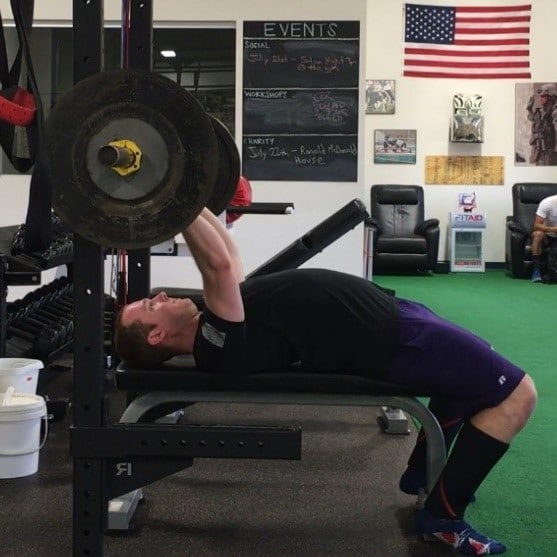
From the beginning we teach our clients about these postures and how they relate to the main movements they will be doing in their fitness programming. For example, the cat-cow is used to teach the context of what sad dog and macho man feel like. We can’t understand what a neutral spine is (tall and tight) if we don’t have the context of what rounding and extending (sad dog/macho man) feel like. We then teach a solid plank position, because this is what tall and tight will look and feel like in most of the exercises they’ll be doing.
The video below should give you a better idea of what this looks like in action:
Maintaining tall and tight during our heavy lifts does a couple things for us:
- It puts our joints in good positions to absorb and produce force (A.K.A. Gainzzz)
- It’s safer to lift heavy loads (with good alignment our hips do the work in a deadlift, and not our lower back)
The following two pictures should give you an idea of tall and tight looks like in four different movements:
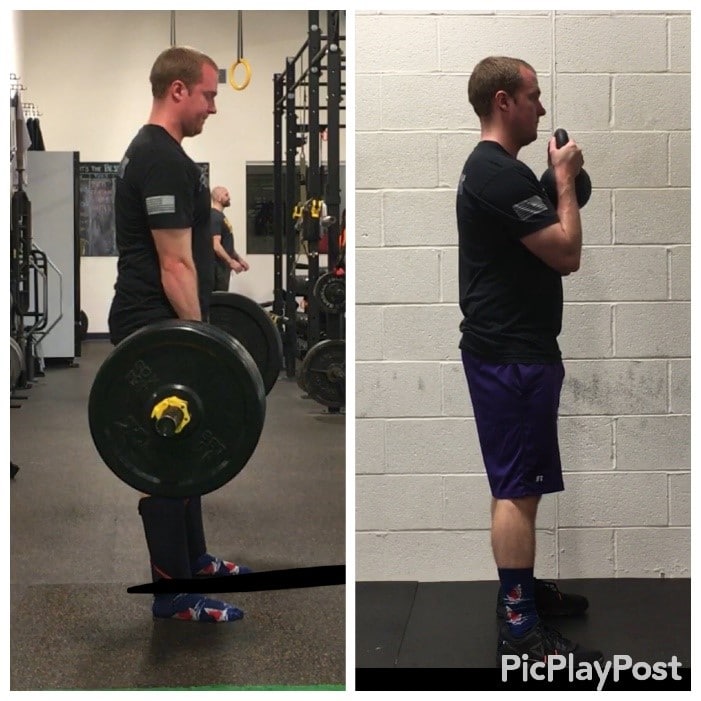
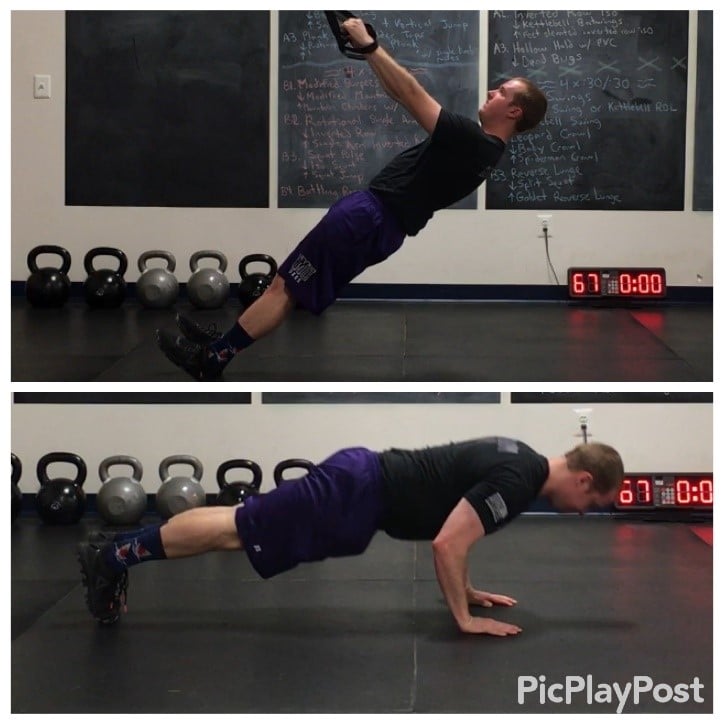
To help this make sense, let me tell you about a friend of mine, whom we’ll call Leonardo (yes, like the Ninja Turtle). Leonardo started lifting a couple of months ago, and he was really enjoying his progress—or, at least he was until his lower back started getting aggravated for some reason. Leonardo had no history of back issues and it seemed to have started shortly after beginning strength training.
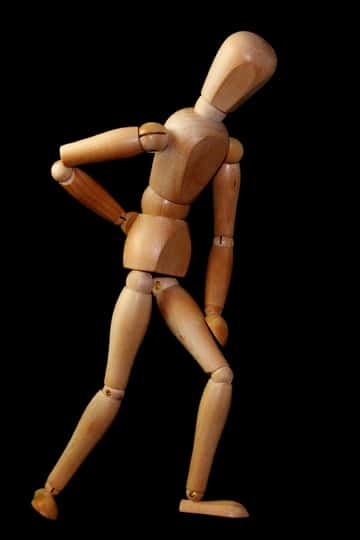
One day he asked a trainer at his gym to take a look at his form on the deadlift. It didn’t take long for the coach to see a a potential issue. Leonardo was going into macho man on nearly every rep during his deadlifts—in other words, he was losing alignment (going from tall and tight into macho man) and his lower back was taking more force than it would have been had been using a tall and tight posture.
The first rep of the video below shows an example of a deadlift that ends in a macho man position, but the second rep shows one that ends in a tall and tight position:
Now, an important caveat is that pain/discomfort can be complex and I am by no means saying changing position can fix everything. But, as Gray Cook has said:
“These problems arose during fitness endeavors. Therefore, these problems must be fitness problems.” – Gray Cook
Often times issues that happen in the gym can be helped in the gym as well. Getting stronger and moving better is one hell of a drug. Good alignment during our loaded movements can keep us training harder and for longer.
But, as I’ve alluded to throughout this post, context is king. Our spines aren’t weak and fragile, they’re strong and resilient and meant to move. It’s totally okay to round your back when picking up a pencil, for example, but it’s less than ideal to round your back during heavy deadlifts. We don’t live in a tall and tight posture every minute of every day, but, within the context of heavy lifts we do.
